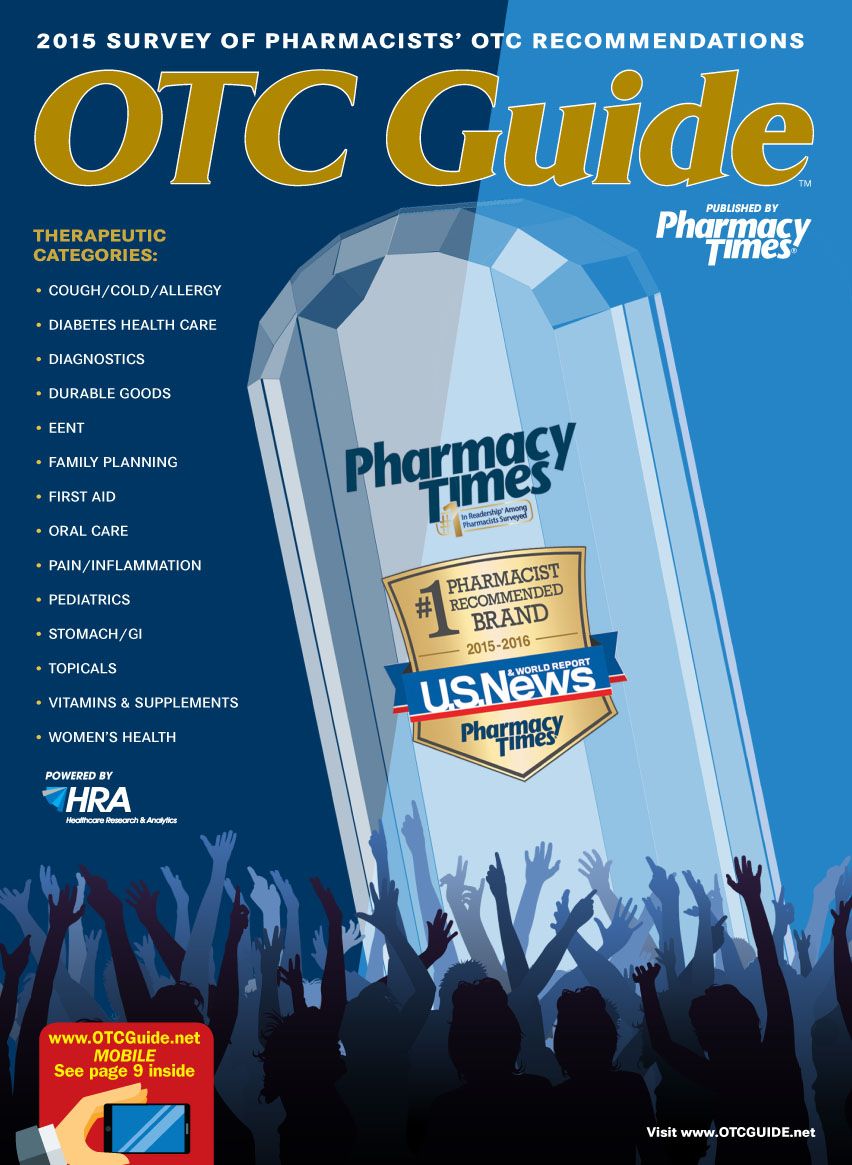Publication
Article
OTC Guide
Sun Protection: Pharmacists Have the Facts
Author(s):
Choosing the right sun protection option can be more complicated than it was in the past.
Sun protection has its roots in pharmacy: Benjamin Green, a pharmacist and airman in the Army, created what would later become the first popular commercial sunscreen available in the United States. With options that now extend far beyond the traditional red, sticky paste Green and other soldiers used to ward off sunburn during World War 2, and an increased focus on new products entering the market, choosing the right sun protection option can be more complicated than it was in the past.
It is best to rely on proven, traditional methods for sun protection—rather than newer, unproven methods—including using broad-spectrum sunscreens, wearing protective clothing, and seeking shade, say experts from the American Academy of Dermatology (AAD).
The newer protection methods include sunscreen pills, drinkable sunscreen, UV-monitoring bracelets, and smartphone applications. Each has a different level of evidence to support its effectiveness, the AAD states. In general, research tends to support compounds within sunscreen pills, although AAD expert Henry W. Lim, MD, FAAD, of the Department of Dermatology at Henry Ford Hospital in Detroit, notes that many of the compounds only provide sun protection equivalent to SPF 3 to 5—well below the SPF 30 the AAD recommends. Furthermore, the compounds studied have only been tested individually, not in combination, which may alter their efficacy.
Bracelets developed to help track UV exposure and monitor UV ray intensity could help increase exposure awareness, provided the measurements are accurate, Dr. Lim said. As a result, it is often best to fall back on the AAD’s recommended reapplication schedule: apply sunscreen every 2 hours or after swimming or sweating. The AAD is more skeptical of drinkable sunscreen since there is no scientific evidence supporting it. Diet is also a questionable source of sun protection. Dr. Lim noted that only extreme doses of certain vitamins have been shown to provide sun protection, and the safety of high long-term doses of vitamins has not been established.
Despite the promise of new products, many will need to undergo rigorous scientific testing and then FDA approval— processes that tend to take long periods of time. Although a law enacted in late 2014 intends to speed up the process, it might be some time before new ingredients hit pharmacy shelves. As a result, most professional organizations recommend relying on traditional sunscreen to stave off the sun’s rays. According to Pharmacy Times’ 2014 OTC Product Survey, pharmacists make 639,908 sunscreen recommendations per month and are well prepared for any sun protection questions.
Since 2012, several words have been absent from sunscreen containers: the FDA nixed waterproof, sweatproof, and sunblock because the words overstated product effectiveness. Instead, the products include an SPF value that indicates the level of protection against the UVB rays that cause sunburn. Products that protect against skin cancer—causing UVA rays also have a broad-spectrum SPF rating; sunscreens with higher SPF values provide higher broad-spectrum SPF as well.
What is seldom seen on pharmacy shelves now? Sunscreen wipes, towelettes, powders, body washes, and shampoos, although popular prior to the FDA’s new regulations, are noticeably absent. The FDA’s Center for Drug Evaluation and Research told Pharmacy Times that the products in those dosage forms are not eligible for consideration under the new sun protection rules because they have not established their eligibility for review under the new regulations.







